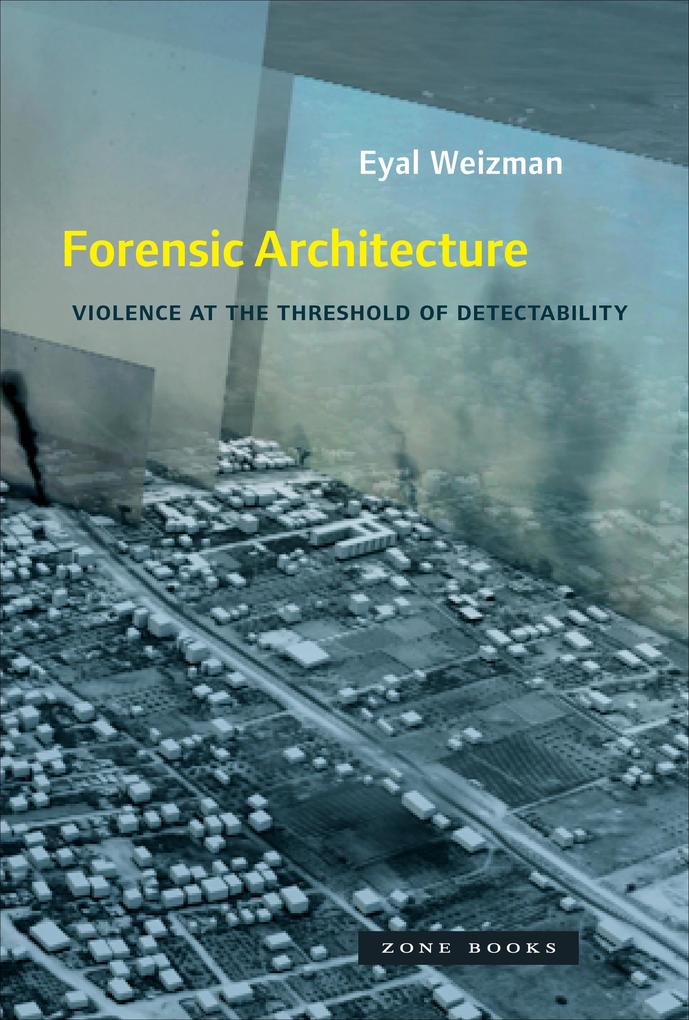
Zustellung: Fr, 07.02. - Mi, 12.02.
Versand in 3 Wochen
VersandkostenfreiBestellen & in Filiale abholen:
In recent years, a little-known research group called Forensic Architecture has begun using novel research methods to undertake a series of investigations into human rights abuses. Today, the group provides crucial evidence for international courts and works with a wide range of activist groups, NGOs, Amnesty International, and the UN. Forensic Architecture has created a new form of investigative practice, using architecture as an optical device to investigate armed conflicts and environmental destruction. In Forensic Architecture, Eyal Weizman, the group's founder, provides an in-depth introduction to the history, practice, assumptions, potentials, and double binds of this practice. Weizman has collected an extensive array of images, maps, and detailed documentation that records the intricate work the group has performed across the globe. Weizman offers Forensic Architecture case studies that include the analysis of the shrapnel fragments in a room struck by drones in Pakistan, the resolution of a contested shooting in the West Bank, the architectural reconstruction of a secret Syrian detention center from the memory of its survivors, a blow-by-blow account of a day-long battle in Gaza, and an investigation of environmental violence in the Guatemalan highlands
Produktdetails
Erscheinungsdatum
31. März 2017
Sprache
englisch
Seitenanzahl
368
Autor/Autorin
Eyal Weizman
Verlag/Hersteller
Produktart
gebunden
Gewicht
1178 g
Größe (L/B/H)
236/189/35 mm
ISBN
9781935408864
Entdecken Sie mehr
Bewertungen
0 Bewertungen
Es wurden noch keine Bewertungen abgegeben. Schreiben Sie die erste Bewertung zu "Forensic Architecture" und helfen Sie damit anderen bei der Kaufentscheidung.










